Premium Only Content
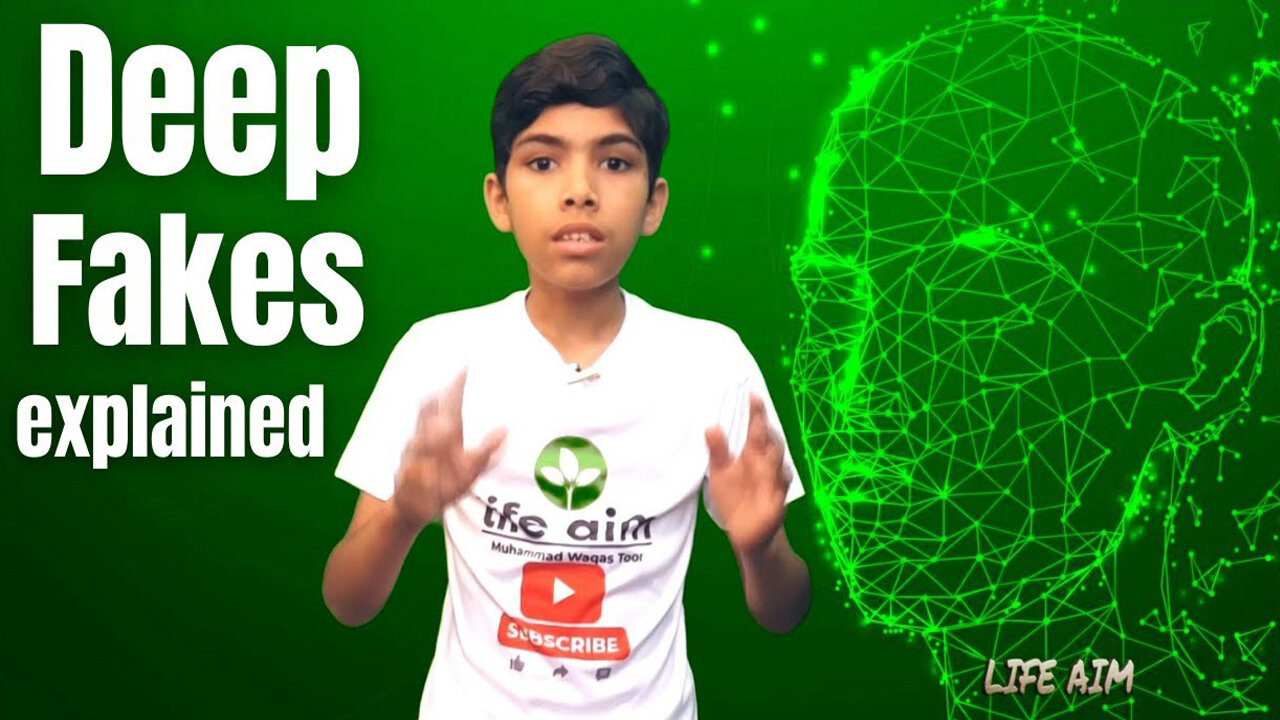
deep fakes explained|| Introduction To Deepfake Technology by Waqas Toor
The fake in Deep fake is transparent: deep fakes are not real; they're fake. The deep-in-deep fake is a bit murkier. Deep has long-established use to describe what is difficult, complicated, intense, etc., and that use applies here, but deep in deep fake is also likely related to its use in deep learning, another term that has yet to meet our criteria for entry. The meaning of deep learning is still settling, but most often it refers to a kind of machine learning (that is, a complex process by which a computer can improve its performance) that uses layered neural networks (that is, computer architecture in which processors are interconnected in a way that suggests neural connections in the human brain) to enhance the accuracy of the machine learning algorithms.
Deepfakes employ two separate sets of algorithms acting in conjunction: the first algorithm creates a video, and the second one tries to determine if the video is real or not. If the second algorithm can tell that the video is fake, the first algorithm tries again, having learned from the second algorithm what not to do. And the pair of algorithms go around and around until they spit out a result that the programmers feel is sufficiently real-looking.
who are made
University researchers and special effects studios have long pushed the boundaries of what’s possible with video and image manipulation. But deepfakes themselves were born in 2017 when a Reddit user of the same name posted doctored porn clips on the site. The videos swapped the faces of celebrities – Gal Gadot, Taylor Swift, Scarlett Johansson, and others – onto porn performers.
It takes a few steps to make a face-swap video. First, you run thousands of face shots of the two people through an AI algorithm called an encoder. The encoder finds and learns similarities between the two faces, and reduces them to their shared common features, compressing the images in the process. A second AI algorithm called a decoder is then taught to recover the faces from the compressed images. Because the faces are different, you train one decoder to recover the first person’s face, and another decoder to recover the second person’s face. To perform the face swap, you simply feed encoded images into the “wrong” decoder. For example, a compressed image of person A’s face is fed into the decoder trained on person B. The decoder then reconstructs the face of person B with the expressions and orientation of face A. For a convincing video, this has to be done on every frame.
-
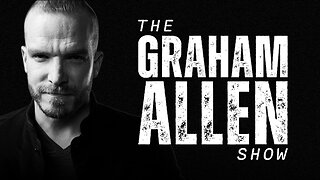 LIVE
LIVE
Dear America
39 minutes agoEp 4 Graham Allen Show
1,192 watching -
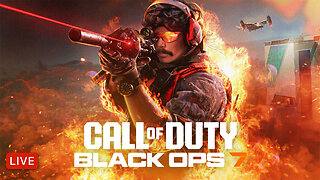 LIVE
LIVE
Dr Disrespect
1 hour ago🔴LIVE - DR DISRESPECT - BLACK OPS 7 - GIVE ME BACK MY NUKE
1,412 watching -
 LIVE
LIVE
The White House
45 minutes agoPress Secretary Karoline Leavitt Briefs Members of the Media, Oct. 6, 2025
1,004 watching -
 1:01:20
1:01:20
Timcast
1 hour agoTexas National Guard DEPLOYED To ILLINOIS, Governor Declares INVASION
38.1K40 -
 LIVE
LIVE
The Charlie Kirk Show
1 hour agoThe Killer AG + Kav Assassin's 8 Years + The Battle of Portland | Hemingway, Davis | 10.6.2025
9,886 watching -
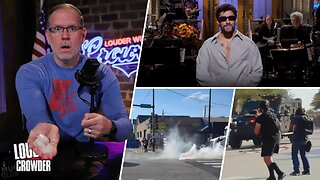 2:06:01
2:06:01
Steven Crowder
4 hours agoDeport Them All: Trump Takes Fight to Leftist Chicago & Portland Over Attacks on ICE
201K235 -
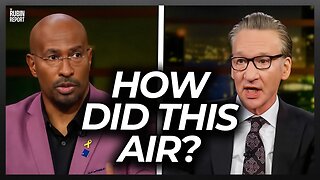 1:01:46
1:01:46
The Rubin Report
2 hours agoBill Maher’s Crowd Stunned as Van Jones Gives a Brutal Message to Liberal Media
23.8K45 -
 LIVE
LIVE
Nerdrotic
3 hours agoHollywood Will EAT Itself | Amazon BENDS The Knee to 007 Fans - Nerdrotic Nooner 524
443 watching -
 LIVE
LIVE
The Shannon Joy Show
3 hours agoMoody’s: Recession Incoming! Economic Slowdown Crushing Americans while Trump builds a ballroom
214 watching -
 LIVE
LIVE
The Mel K Show
1 hour agoMORNINGS WITH MEL K -Armor of God: Humanity Must Choose their Destiny 10-6-25
815 watching
